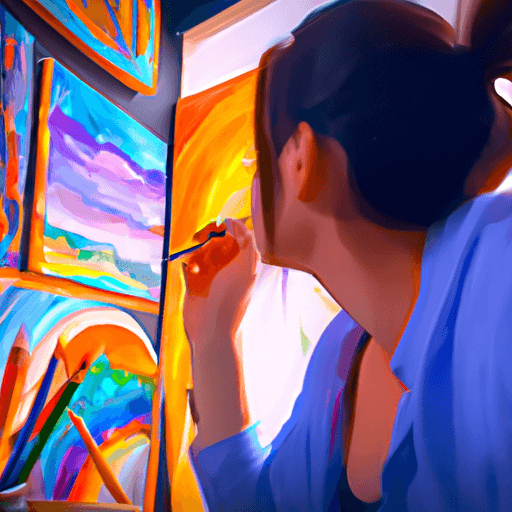The Impact and Influence of Art Therapy on Mental Health
Art therapy is a unique form of therapy that uses creative mediums such as drawing, painting, collage, and sculpting as a means to bring about change and growth at a psychological level. For many individuals grappling with mental health disorders, it offers an alternative path to verbal communication, making their innermost thoughts and feelings expressible.
Evidence-based research on Art Therapy
Accumulating evidence suggests that art therapy contributes significantly to the alleviation of mental health disorders. According to a study published in the American Journal of Public Health, participating in the arts can reduce stress and anxiety, increase positive emotions and contribute to overall improved mental health.
Process of Art Therapy
Art therapy is a two-part process involving the creation of art and the subsequent analysis of the pieces. Through guidance from a therapist, participants are encouraged to communicate their feelings, thoughts, and experiences via their artwork, thus allowing for the exploration and resolution of underlying issues.
Benefits of Art Therapy
Stress Reduction
Art Therapy serves as an effective stress-reliever. Emphasizing on the process rather than the end product, it encourages freedom of expression which aids in the release of emotional tension and reduction of stress levels.
Boosts Self Esteem
The accomplishment of creating a tangible piece of artwork can significantly boost an individual's self-esteem and confidence, serving as a proof of capability and progress.
Develops Coping Mechanisms
Art Therapy helps develop resilience and coping mechanisms. Through repeated exposure to stressors in a safe setting, clients ascertain effective ways to deal with anxious feelings or memories.
Case Studies and Testimonials
The effectiveness of art therapy is further corroborated by numerous case studies and testimonials. One study, conducted at the University of Gothenburg, followed the progress of a group of severe depression patients undergoing art therapy. After ten art therapy sessions, a substantial number of patients reported reduced symptoms of depression and anxiety.
In another compelling testimonial, a patient named Lisa shares her journey. Art therapy enabled me to unlock feelings I was unable to verbalize, says Lisa. With time, my self-esteem improved, and I started feeling less anxious. Today, art is an integral part of my coping mechanism.
Conclusion
With consistent growth in the field and emerging evidence of its efficacy, art therapy continues to affirm its position as a vital therapeutic approach for mental health. Offering an expressive sanctuary to those grappling with mental health disorders, it goes beyond conventional methods to create a distinctive and impactful path to healing.


















Comments
Leave a Comment